Escape to Corregidor but “We Shall Retu rn”… to Peregrina !

Peregrina's Journey
Peter and Margie Benziger
Sun 21 Oct 2012 01:34
09:45.9N 118:43.7E
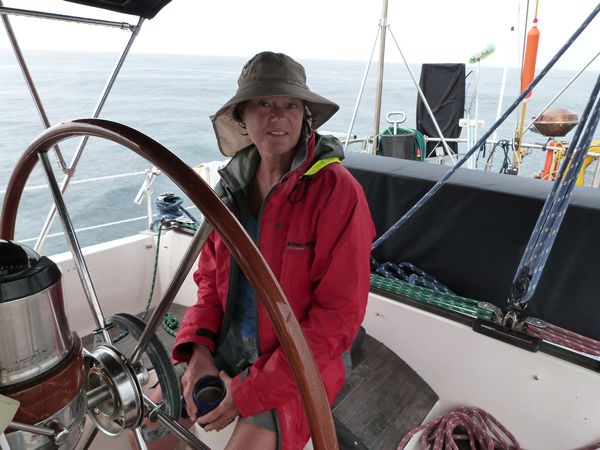
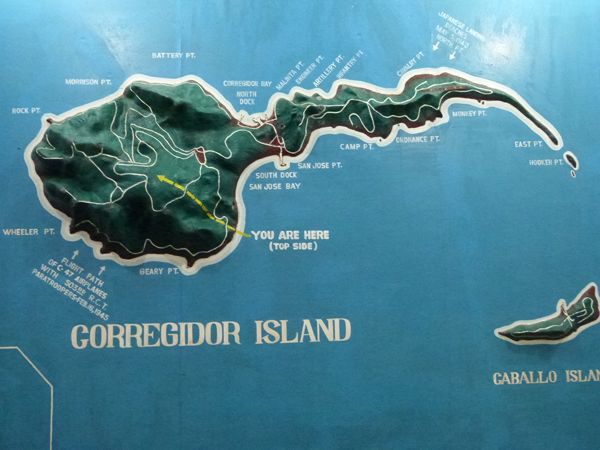
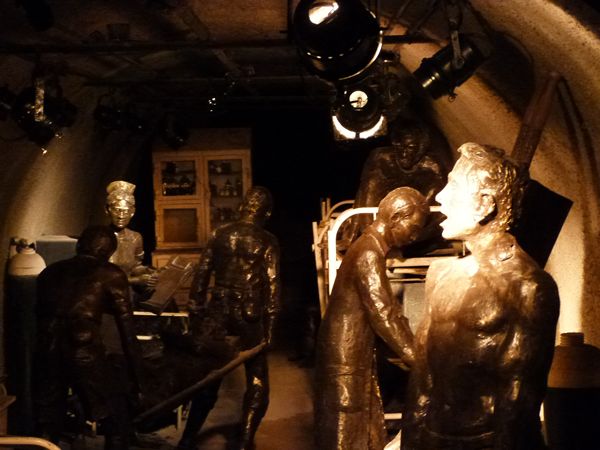
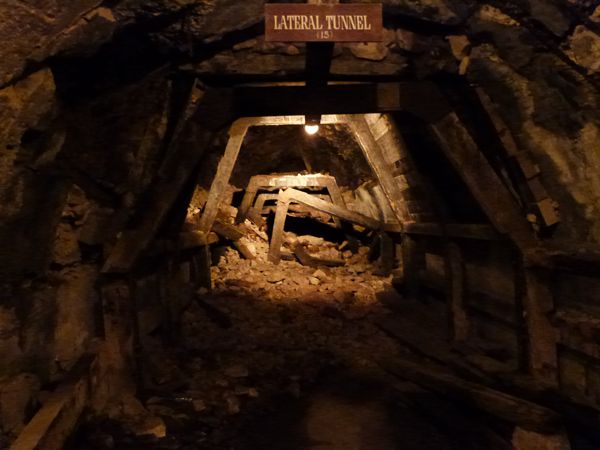
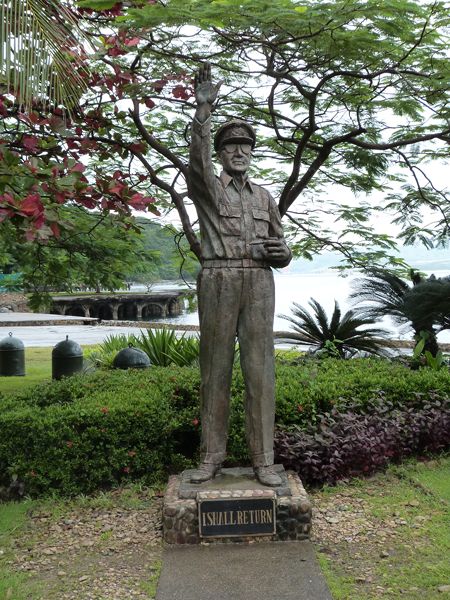
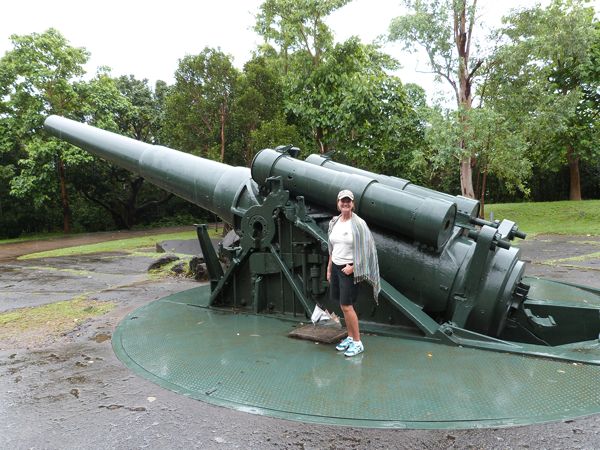
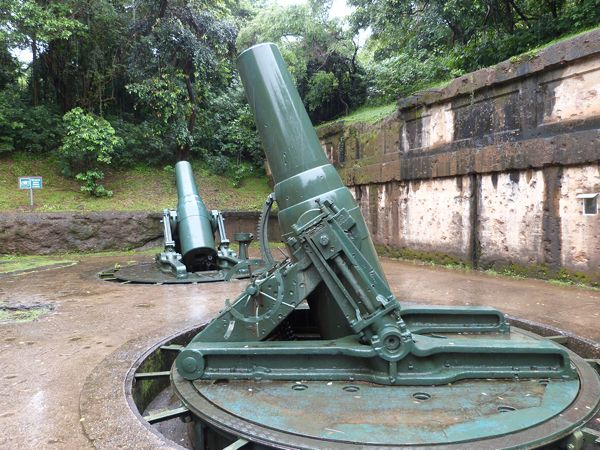
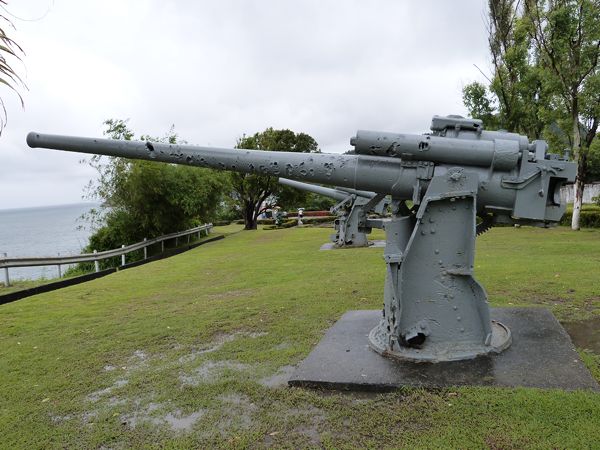
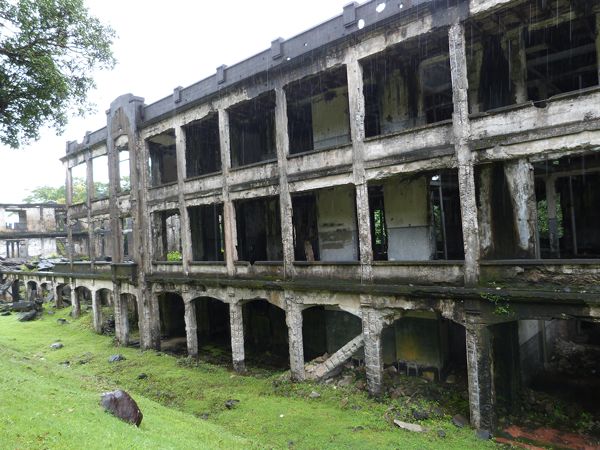
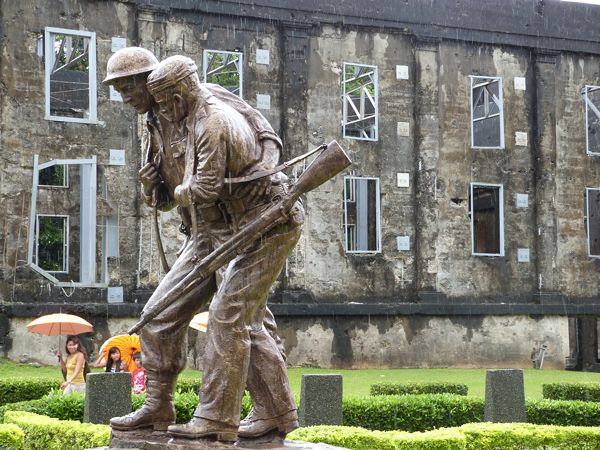
Escape to Corregidor but “We
Shall Return”… to Peregrina!
We had
a spell of really rainy weather a couple weeks ago here in the Philippines and
that meant we spent day after day sitting on the boat bobbing up and down at
anchor or cruising under miserable conditions.
When this happens, the heat and humidity remains but we have to “batten
down the hatches” against the rain so we feel very closed in and extremely uncomfortable. Even a 47 foot sailboat gets pretty darn
small when you’re stuck in the rain.

Tensions
aboard Peregrina were rising as everything started to smell and, after a long
days of doing basically nothing, getting into bed with clammy sheets just made
things worse. We alternated between
joking about “Are we having fun yet?” to
threatening each other with severe bodily harm!
So, a change of scenery was desperately needed and not a
minute too soon! We booked a flight to
Manila for a little 3-night “thrilla!” You
can read details about Manila and where we stayed in the historic Intramuros
area on our blog: http://blog.mailasail.com/peregrina The highlight as far as we were concerned was
our visit to…
CORREGIDOR!!!
We took a fast ferry to the island
of Corregidor, 48K from Manila and strategically located at the entrance of
Manila Bay. Known as “The Rock,” it is just 6K long and about 2.4K wide. It’s shaped like a tadpole with its head
pointing out to the South China Sea.
For
centuries, Corregidor was fortified to defend the entrance of Manila Bay and
the City of Manila from attacks by its enemies. During WWII, Corregidor was
clearly the first line of defense from the sea for the city of Manila and the
island of Luzon as well as the last bastion of resistance in defense of U.S.
interests in the Philippines and the balance of power in the Pacific theater.
Today,
Corregidor stands as a living memorial to the thousands who died in the Pacific
conflict and the ruins of the military base here are preserved pretty much
exactly as they were found in 1945.

A little background history here…
Under
Commander George Dewey, the U.S. Navy ended 328 years of Spanish rule and obtained
the Philippines as part of the settlement of the Spanish-American War in 1898. In 1902, the island of Corregidor was
organized as an American military reservation. In 1908, a regular Army post was established
there and designated Fort Mills, in honor of Brigadier General Samuel Meyers
Mills, Jr., Chief of Artillery of the U.S. Army from 1905 to 1906.
Over
time, the U.S. Army and the Corps of Engineers completed construction of concrete
emplacements, bomb-proof shelters, and numerous trails at various parts of the
island. In 1928, the U.S. Army constructed the Malinta Tunnel, a bombproof
bunker built into the side of a hill which would serve as a hospital and
last-ditch command headquarters in the event of war. Malinta also had a series of lateral tunnels
to protect military stores and vital installations as well.
We walked through the tunnel with a tour group
to see the “Sound and Light Show” which was pretty amazing. Many of the lateral tunnels still have
furnishings, office equipment including typewriters and business supplies and
hospital equipment sitting untouched from WWII.
There is a lot of McArthur memorabilia and dioramas of the soldier’s
life “underground.”


Corregidor during WWII
The
WWII Allied Headquarters, under General Douglas McArthur, was located on
Corregidor and, ultimately, some of the fiercest fighting of the entire war was
conducted here. At the urging of
President Roosevelt, General McArthur reluctantly left Corregidor in March of
1942 to move the Allied Command to Melbourne, Australia. McArthur did not want to leave. In fact, he had refused Roosevelt’s orders
twice previously. He could not disobey
his Commander-in-Chief a third time but before he left, he spoke those immortal
words to his troops saying, “I Shall Return.”

American
and Filipino squadrons on Corregidor fought on valiantly and held out a little
longer against Japan’s unrelenting attack which reportedly numbered over 16,000
rounds a day. At the same time, the
Japanese Army blocked Corregidor from any sources of food and fresh water. On May 6, 1942 Lt. General Jonathan Wainwright
surrendered to the Japanese. In the
aftermath, huge numbers of American and Filipino prisoners of war died on the
Bataan Death Marches ordered by the Japanese.
General
McArthur and the American forces took back Corregidor and defeated the Japanese
in February of 1945. The allied forces landed by parachute and on the beaches. The battle was fierce. Below is a picture of Emmet R Spice, a parachute doctor who while mortally wounded and isolated calmly filled out his own death certificate.
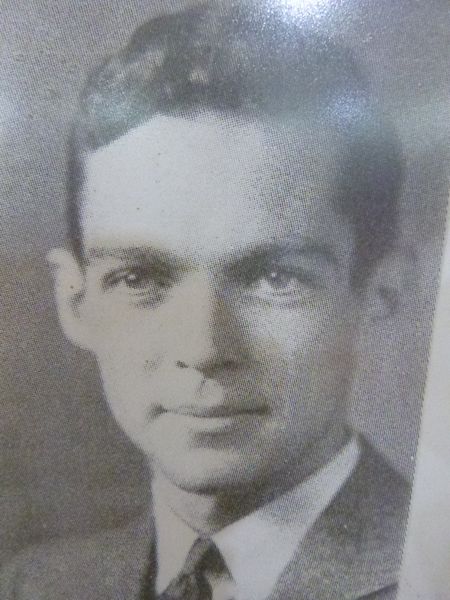 Armed and Ready!
Armed and Ready!

There
were 23 batteries installed in Corregidor, consisting of 56 coastal guns and
mortars with 360 degree traverse, including two 12 inch Hearn & Smith guns
which could reach targets 16 miles away on Bataan .


In addition, Corregidor had 13
anti-aircraft artillery batteries and 76 guns - 28 3-inch and 48 50-caliber. You can see the damage to the guns caused by exploding bombs.

Island Layout
The highest elevation is at
589 feet on the “Topside.” The
island is divided into four sections:
Topside
The island's biggest area, which
looks like the head of the tadpole, rises prominently to a large flat area that
is called the "Topside". Here you would have found the fortified
communications center of the island, as well as the location for the Army
headquarters, the famous “mile-long” barracks for enlisted men, a branch of the
Philippine Trust Co. bank, the Cine Corregidor movie theater, officers'
quarters, underground ordinance shops, the traditional parade grounds, an
Officers' Club with a 9-hole Golf Course, tennis courts, and swimming pool, and
the bulk of the armed batteries that constituted the strength of Corregidor. Most of these facilities were destroyed
completely during the Japanese bombardment but the barracks still stand -
although mightily damaged -and you can visualize most of the other major ruins.

Middleside
Middleside is a small plateau
that connects Topside with the upward slope from Bottomside. This was the location of a 2-story officers'
quarters, more barracks for the enlisted men, a hospital, quarters for
non-commissioned officers, a service club, PX, and two schoolhouses—one for the
children of Filipino soldiers and the other for American children.
Bottomside
Bottomside is the lower part of
the island and is the neck that connects the tail and head of the island. South
of Bottomside was the Filipino village known as Barrio San José near what was
Navy Beach; on the north was Army Dock, with its three large piers, and to the
east of Bottomside, is the Malinta Tunnel. Malinta Hill separates Bottomside
from the Tail End.
Tailside
The Tailside or Tail End is the
remaining portion of the island where different memorials, shrines and the
island's airstrip are located. We spent several hours visiting the Corregidor
Museum here, as well as the Pacific War Memorial and even the very peaceful
Japanese Cemetery and memorial garden.

It was
a great day, although a bit rainy.
However, this seemed to add to the authenticity of the experience as the
soldier’s would have endured conditions very similar to what we
encountered. Touring Corregidor was a
sobering reminder of the sacrifices that have been made in the name of
freedom. On a memorial to the fallen soldiers is written:
"Sleep. My sons your duty done...For Freedoms light has come.
Sleep in the silent depths of the sea or in your bed of hallowed ground
Until you hear at dawn the low clear reveille of God."
The valiant efforts under dreadful conditions and overwhelming odds at Corregidor in 1942 and the hardships endured by the prisoners of war in the ensuing three years must never be forgotten.
"Sleep. My sons your duty done...For Freedoms light has come.
Sleep in the silent depths of the sea or in your bed of hallowed ground
Until you hear at dawn the low clear reveille of God."
The valiant efforts under dreadful conditions and overwhelming odds at Corregidor in 1942 and the hardships endured by the prisoners of war in the ensuing three years must never be forgotten.
--------------------------------------